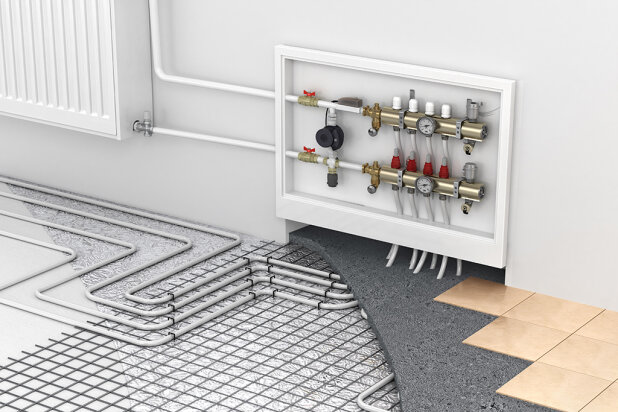Frozen pipes inside walls are a winter homeowner’s nightmare. They can cut off water, burst, and cause costly damage. But with the right approach, you can safely thaw the pipes and prevent future problems—without tearing your house apart or taking unnecessary risks.
Here’s a comprehensive, step-by-step guide on how to handle frozen pipes behind walls.
Thaw Frozen Pipes in a Wall: Find the Frozen Pipe
Frozen pipes are most common:
-
Along exterior walls
-
In unheated spaces (basements, crawlspaces, attics)
-
Where water flow slows or stops suddenly
Clues to watch for:
-
Only one faucet has no flow or just a trickle
-
You see frost or condensation on a specific wall
-
Nearby rooms or walls feel noticeably colder
Step 2: Open the Faucet
Turn on both the hot and cold handles of the affected faucet. This:
-
Relieves pressure inside the pipe
-
Gives melting wateFrozen Pipes in a Wallr a path to escape
-
Prevents pipe bursting as ice expands
Step 3: Gain Access to the Pipe (if needed)
If you suspect the frozen section is deep in the wall:
-
Cut a small access hole in the drywall near the affected pipe.
-
Use a stud finder to avoid electrical wires or studs.
-
Keep the hole as small and neat as possible—you’ll patch it later.
If you know the general location but can’t access it safely, skip to Step 8 and call a pro.
Step 4: Apply Gentle, Steady Heat
Never use open flames. Instead, choose one of these safe heating methods:
-
Hair dryer (use low or medium setting)
-
Space heater (aimed at the wall or pipe area)
-
Electric heating pad or heat tape
-
Warm towels (soaked in hot water and wrapped around pipe)
Pro tip: Heat the pipe starting near the faucet and move gradually toward the frozen section. This encourages water to flow as the ice melts.
Step 5: Be Patient
Thawing may take 30–60 minutes depending on:
-
How long the pipe’s been frozen
-
How deep it is in the wall
-
Your heating method
Keep the faucet open the whole time. Once water starts flowing, don’t stop heating until it’s fully thawed.
Step 6: Check for Cracks or Leaks
As water begins flowing again:
-
Inspect the pipe carefully through the access hole
-
Look for drips, cracks, or bulging
Found damage?
-
Shut off your main water supply
-
Call a plumber immediately
Step 7: Prevent It From Happening Again
Once your pipe is thawed, don’t stop there. Take these simple steps to keep it from freezing again:
-
✅ Add pipe insulation or foam sleeves
-
✅ Install heat tape on vulnerable pipes
-
✅ Seal gaps in exterior walls and around pipes
-
✅ Open under-sink cabinets in cold weather to let warm air in
-
✅ Let faucets drip overnight when temps dip below freezing
-
✅ Keep your thermostat at 55°F or higher, even when you’re away
Step 8: Know When to Call a Professional
Don’t hesitate to bring in help if:
-
You can’t access the frozen pipe
-
The pipe won’t thaw after 60–90 minutes
-
You notice leaks, water damage, or hear pipe cracking sounds
Frozen pipes can burst fast—professional plumbers have specialized tools (like pipe thawing machines) and thermal cameras to safely diagnose and fix the issue.
Final Thoughts
Thawing a frozen pipe in the wall might sound like a major headache, but with a calm approach, the right tools, and a little patience, it’s manageable. The key is quick action, safe heat, and prevention.
By following the tips above, you’ll not only fix the problem—you’ll stop it from coming back next winter.
Bonus Tip:
Want to avoid this problem forever? Consider rerouting exposed pipes, especially in older homes where plumbing runs through poorly insulated areas. It’s an investment—but far cheaper than water damage cleanup.




